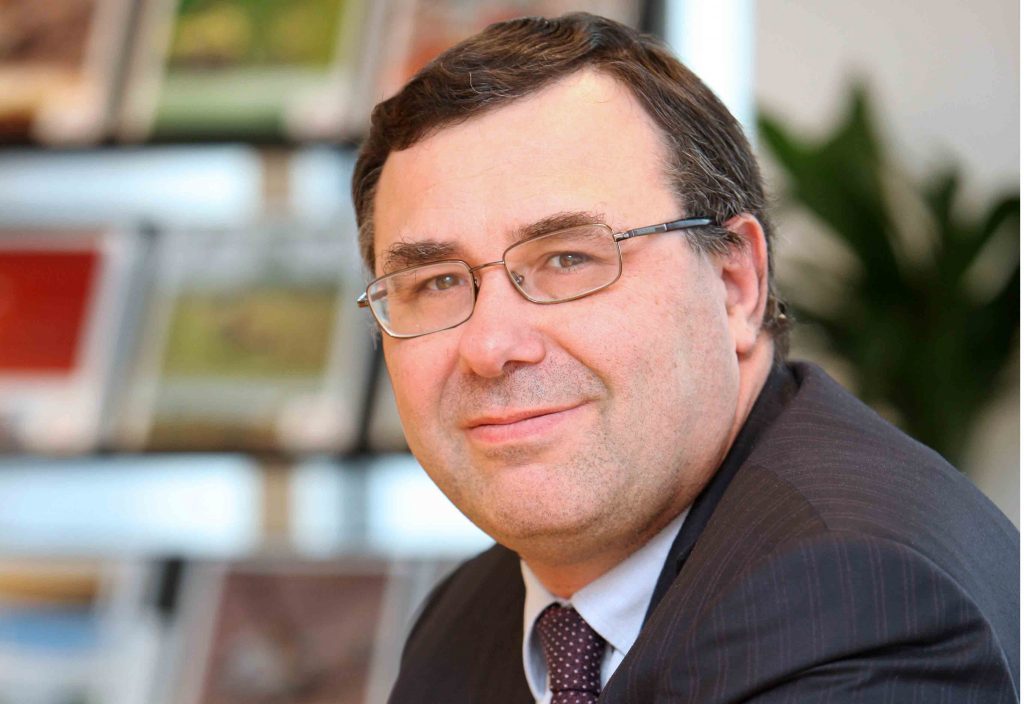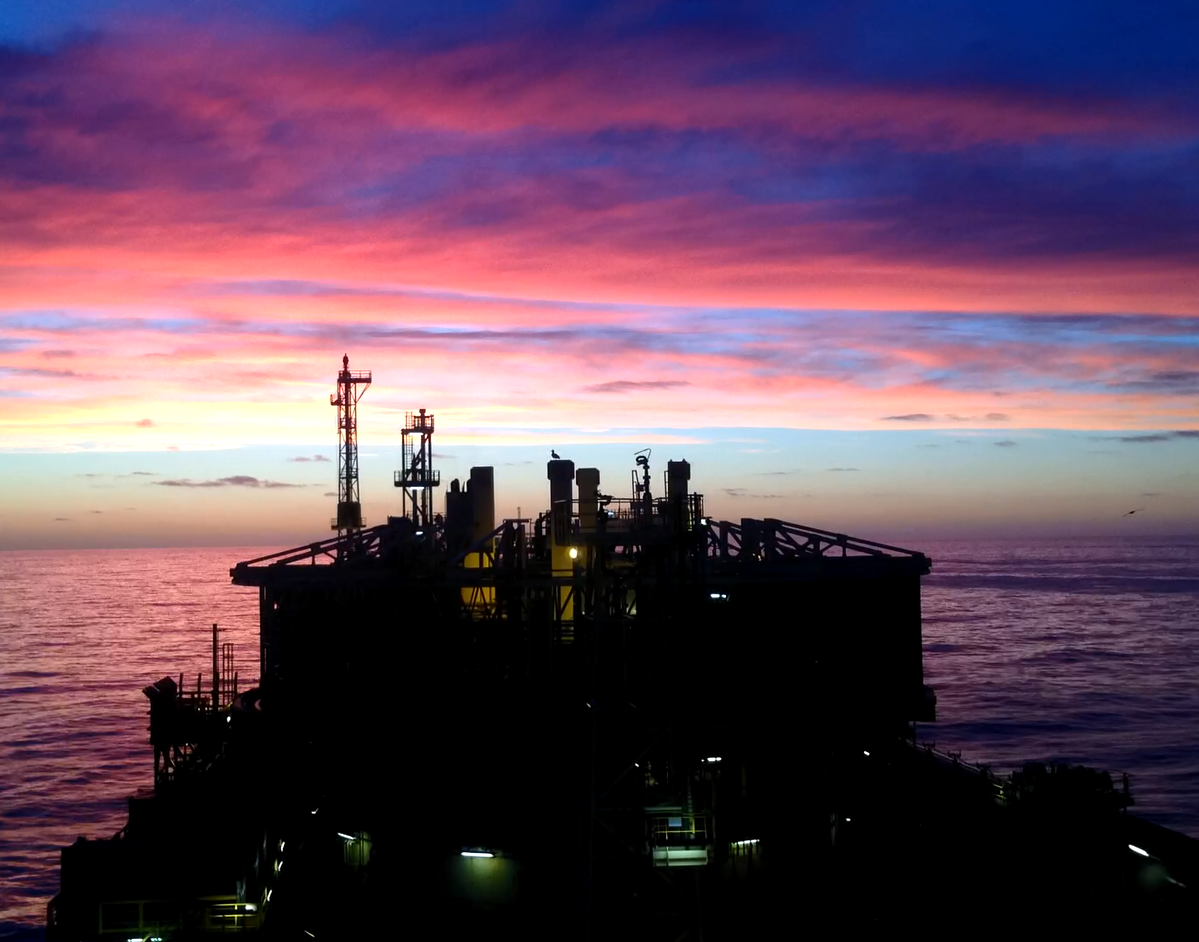
Total’s investor presentation walked a fine line between commitments to new projects and steps to secure the confidence of investors.
During the presentation, held in New York, the French company made much of its cost-cutting progress – with more to come – in addition to increasing the dividend.
Total began moving back into a positive frame of mind in 2017. The company scaled up its efforts to secure future production, with a new wave of plans to provide more than 800,000 barrels of oil equivalent per day after 2023. Since the beginning of 2018, 12 projects have been sanctioned, said the company’s CEO Patrick Pouyanne, with another six targeted for the next six months. Another 12 are to be launched in 2020.
“There’s a lot of deepwater projects, in line with the strategy, in Africa, in Brazil, in the Gulf of Mexico, and several LNG projects,” Pouyanne said.
Exploration plans are essentially unchanged from 2017 and 2018, at around $1.2 billion on exploration per year, which should provide scope for 25 wells to be drilled. South Africa is one area presenting opportunities, following the Brulpadda discovery, with Total planning two new exploration wells in 2020.
Guyana has had a number of successes already and more wells are planned. The Carapa well will be drilled this year, followed by the Bulletwood and Jabillo wells in 2020.
The acquisition of the Anadarko Petroleum assets is a good fit for Total’s portfolio, Pouyanne said, which is why the board was able to approve the deal so quickly. “Mozambique Area 1 is a one of a kind asset, it’s a giant high quality resource,” Pouyanne said. The risks have been minimised through the marketing agreements, which cover around 90% of its production, and costs are competitive, at $850 per tonne of liquefaction capacity.
“Cash flow from Algeria and Ghana will more than cover the costs of the Mozambique project,” Pouyanne continued. “It will be a stage closing [of the Anadarko deal.] We are on the verge of closing Mozambique … Algeria and Ghana will come at the end of 2019 or more probably the beginning of 2020.”
There are also short-cycle projects that the company is working on, such as in Angola. “These are brownfield projects, mainly infill wells, which can be developed and produced using existing infrastructure. They are short cycle because they have flexible capex, we can interrupt drilling in case the oil price drops, but they also give additional cashflow, which is welcome,” the CEO said. “We need to be flexible in order to avoid becoming a dinosaur.”
The company’s presentation focused on making a case to potentially sceptical investors. At the heart of the programme was a focus on cost cutting, targeting a breakeven cost of under $30 per barrel. New projects are assessed on a strict $50 per barrel target.
While capital expenditure is up in 2019 on 2018, savings are being made in operating expenditure. In 2019, Total said it expected to save $4.7 billion, versus 2014, and savings should increase to more than $5bn in 2020.
“We have to be good at what we can control, like costs,” said the company’s CFO Jean-Pierre Sbraire. Production costs are to fall by half, from 2014, to below $5.5 per barrel in 2020.
Pouyanne noted the current opportunity presented by costs having come down in the offshore, particularly in the deepwater. Driving this change is spare capacity, with US companies having largely pulled back from such work in order to focus on domestic shale, in addition to new suppliers such as Chinese companies.
Bernstein Research’s Oswald Clint said the company had “struck a perfect balance”, through the combination of disciplined capex, “a shift in capital employed towards more greener gas/power/renewables, continued cashflow growth, even more cost reduction [and] new digital factory led revenue benefits”.
The first phase of growth to 2021 will be driven by the company’s traditional exploration and production business, Bernstein said, “through a combination of deepwater and short-cycle projects. From 2023 onwards, the growth will mainly come from LNG projects although Brazil pre-salt (Mero in particular) will offset the base declines in the traditional E&P segment.”
Recommended for you

